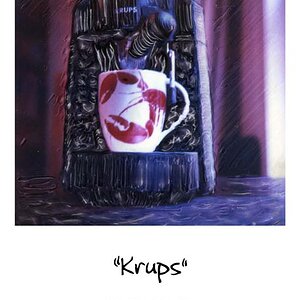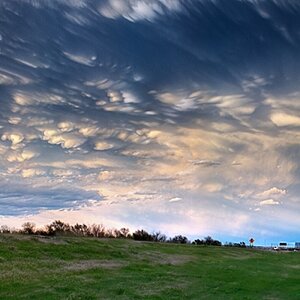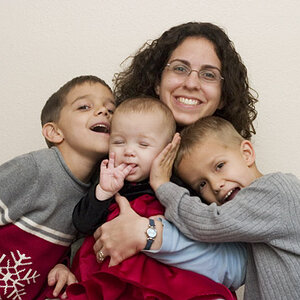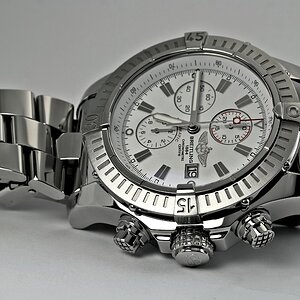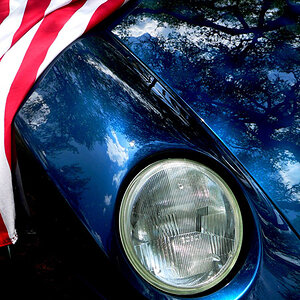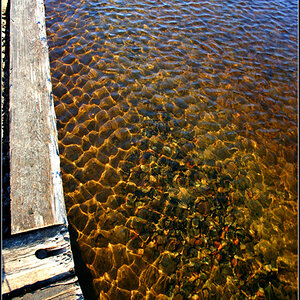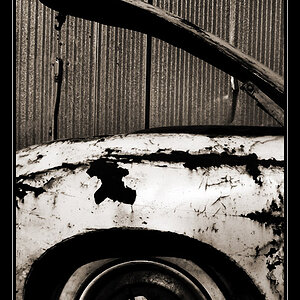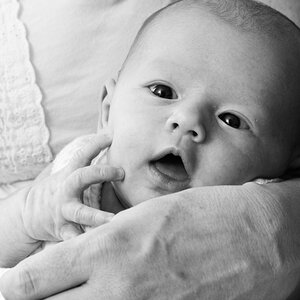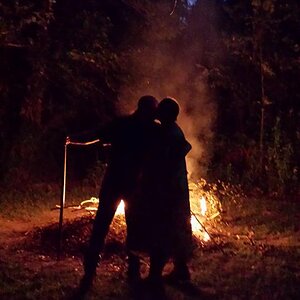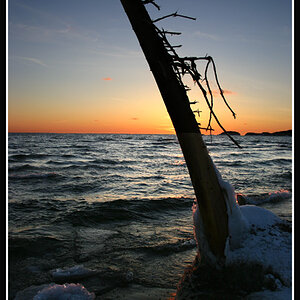bazzmund
TPF Noob!
- Joined
- Nov 9, 2016
- Messages
- 1
- Reaction score
- 0
- Can others edit my Photos
- Photos OK to edit
Hello to everyone out there!
First things first I'm new to the forum but thought I would join up for some advice and to show my first steps in "retro" photography. Me and my fiancee have come into ownership of a '50s vintage Kodak Brownie Flash IV which we found clearing out my late grandmothers flat and decided to see if it was working. Mechanically it was in good condition with just a little cosmetic damage (we think it was last used for a summer holiday to Devon in the late 60s/early 70s then put away for good until a month ago). We got some 120 film and did the long winded "file and cut" method to the spool until it fitted well enough. It came with us to Coventry for a weekend so we clicked and waited.
We brought it back to Wales with us and I took the film of EIGHT(!!!!!!!!!) pictures to be stabilized. I was told that getting prints off the negatives would be "difficult but possible" (ie expensive). I downloaded software onto my phone to allow me to scan the negatives.
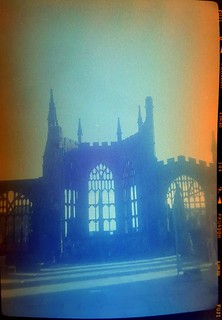
Just for comparison here is a digital and film shot of the same subject

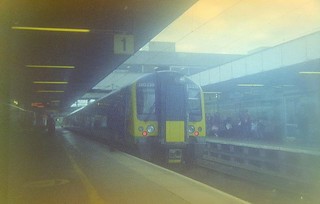
As this is our first attempt we are open to advice/criticism. We already have our second roll of film ready to test out!
First things first I'm new to the forum but thought I would join up for some advice and to show my first steps in "retro" photography. Me and my fiancee have come into ownership of a '50s vintage Kodak Brownie Flash IV which we found clearing out my late grandmothers flat and decided to see if it was working. Mechanically it was in good condition with just a little cosmetic damage (we think it was last used for a summer holiday to Devon in the late 60s/early 70s then put away for good until a month ago). We got some 120 film and did the long winded "file and cut" method to the spool until it fitted well enough. It came with us to Coventry for a weekend so we clicked and waited.
We brought it back to Wales with us and I took the film of EIGHT(!!!!!!!!!) pictures to be stabilized. I was told that getting prints off the negatives would be "difficult but possible" (ie expensive). I downloaded software onto my phone to allow me to scan the negatives.

Just for comparison here is a digital and film shot of the same subject


As this is our first attempt we are open to advice/criticism. We already have our second roll of film ready to test out!


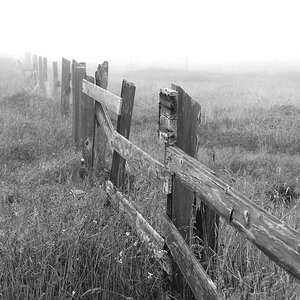
![[No title]](/data/xfmg/thumbnail/37/37538-d4704bfd4f0e4b1941649d81ff8edf2c.jpg?1619738133)
